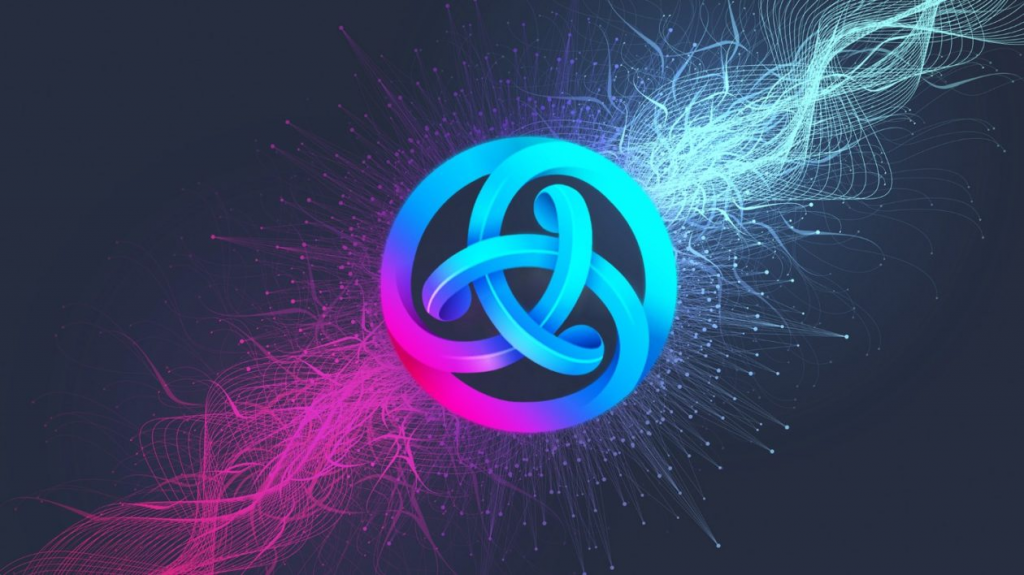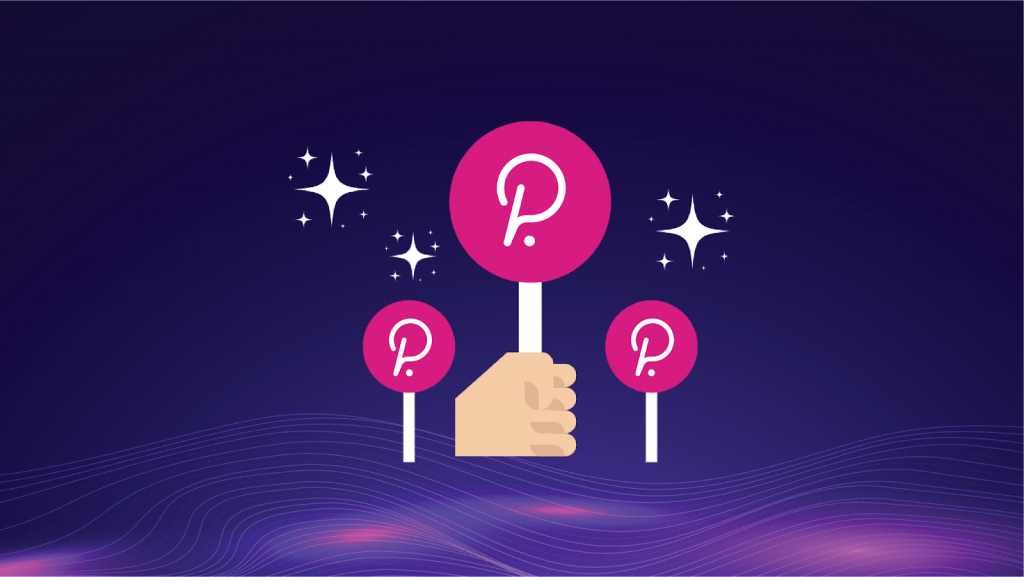Wondering where to take part in parachain auctions? This blog will explain what parachain auction is and why you should care about it. Let’s start!
1. What is parachain auction?
The ability of Polkadot and Kusama to provide developers with ways to create new crypto assets and decentralized applications (dapps) on top of its blockchain is leveraged by parachain slot auctions.

To provide some context, Polkadot (DOT) and Kusama (KSM) are based on two types of blockchains:
– Relay Chain – The primary network where transactions are completed.
– Parachains – Custom blockchains linked to the relay chain and use its computing resources to validate transactions.
The networks use Parachain Slot Auctions (or ‘Parachain Auctions’ for short) to determine which blockchains leverage the Kusama or Polkadot relay chains and their distributed computing power.
Both the Polkadot and Kusama relay chains can currently support up to 100 parachains, a number that is flexible and subject to change over time by governance vote. Auctions for parachain slots determine which parachain will be connected to the relay chain.
If a project does not require a fully dedicated parachain slot, they can temporarily take part (block by block) with a parathread.
2. Why should you care parachain auction?
Candle Auctions in Parachain Slot Auctions
A candle would be lit to start a bidding war, and when the flame went out, the person with the highest price on the ship. This method of selling ships dates back to the 16th century.

The moment at which the winner is chosen is randomly chosen and retrospectively applied to the projects with the most KSM or DOT support. Participants in the parachain auction have a set amount of time to submit bids on the projects they want to see and receive a parachain slot.
Therefore, even though the auction will officially conclude, the candle auction refers to the chance moment just before the end of deciding the auction winner.
It should note that Polkadot and Kusama should operate similarly in terms of the parachain slot auction procedure. However, variations in the maximum slot periods and auction lengths are likely to occur.
Crowdsourcing Support for Parachain Auction Bids
Polkadot and Kusama allow blockchain projects to crowdsource support for their parachain space auction bid and direct engagement by a bidding project. Holders of DOT and KSM can bond their assets to the Polkadot or Kusama network through this procedure, often referred to as a “Crowdloan,” to show support for a specific project. If the project is successful, the network will lock the bonded DOT or KSM for the duration of the parachain slot, after which the tokens will become unlocked and available for the project’s backers to reclaim.
Difference between Parachain Slot Auctions and ICOs
A significant distinction between parachain slot auctions and traditional ICOs is that those who contribute DOT or KSM to an auction and receive the project’s tokens through an airdrop may do so without transferring control of their KSM or DOT contributions to the bidding project team or any third party. In an ICO, users’ funds are transferred to the project team, who use them as they see fit.
User funds can be returned in a parachain auction if the project loses the auction and its campaign ends or if the project wins and their access to the parachain slot expires.
Conclusion
That’s all that we want to show you about parachain auction. Want to learn more about specific blockchain projects? If so, come to SmartOSC to learn more about this ever-expanding field.
Contact us if you have any queries about Blockchain development services, dApps development, NFT marketplace development, Crypto wallet development, Smart contracts development.

